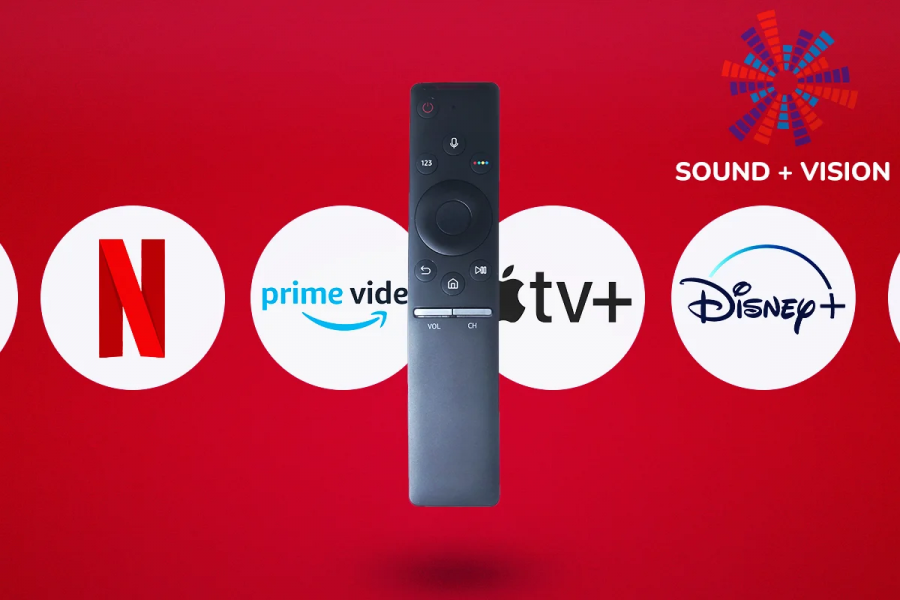The Rise of Streaming Services
Netflix, Hulu, Amazon Prime Video, Crunchyroll, Disney Plus, Paramount Plus, Discovery Plus, HBO Max, Starz, Freeform, Youtube etc.
Today, you can’t go five minutes before being shown an advertisement for a movie or show without a little subtitle of “Only on Netflix” or “Hulu”, or the dozens of other streaming services that exist today. In the span of only a few years, these digital platforms have overtaken and dominated the scene of entertainment over cable television — however, it was not always an online-dominated world.
Decades ago, Blockbuster ravaged the world with its innovative business model to rent out and sell its movies and products rather than force customers into a subscription service for cable — acting as a bundle of products that customers may not always use. This was revolutionary: why need to change an entire TV plan for just one type of movie or show? Parents and families could simply rent out a movie for a few nights and return it back to a nearby Blockbuster without a problem! Expanding their business model to include video games, tv series, and other entertainment, Blockbuster saw skyrocketing profits, peaking in 2002 at over $5 billion. However, as the world entered the digital age, Blockbuster came across opposition and competitors in a new market.
Netflix was one of the first to jump onto a digital streaming market, even originally using CDs before switching to streaming in 2007. With the ability to stream shows and movies from one’s smartphone or computer, there was an open world of possibilities for what the platform could offer. Quickly, users flocked over to Netflix and similar streaming services (also escaping Blockbuster’s notorious late fees and general inconvenience of needing to go to a store in person to rent and return). Just as Netflix had surpassed 34 million users and $1 billion in revenue, Blockbuster met its end through bankruptcy in 2010.
Netflix’s rise in popularity only went on to encourage the popularization of other streaming services as well. Streaming services like Crunchyroll also hit the scene back in 2006, and continued to rise as the digital age took precedence. Following suit, television channels like HBO, Starz, Cinemax, and NBC all took to a digital streaming market — furthering the amount of channels that people were able to watch in a monthly payment. Despite only launching in 2019, Disney Plus also struck the streaming world with its exponential increase to over 116 million users in only two years.
Now, with a majority of companies offering streaming services, the only problem is needing so many services at once to watch what you want: Netflix, Hulu, Disney Plus, and a multitude of other companies offer their treasure trove of shows and swapping exclusive content at a steadily rising price point. Netflix has already overseen a price increase to $14 earlier last year, and many other streaming services like HBO Max or Hulu are not far behind. As more and more shows become limited releases on each of these platforms, it becomes a fight between companies for the consumers’ dollar and choice of films or shows.

